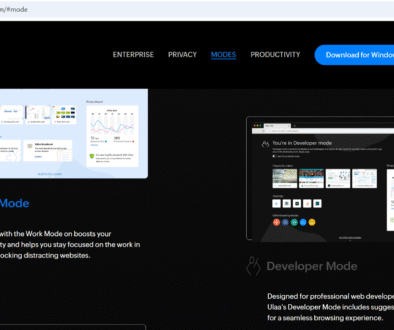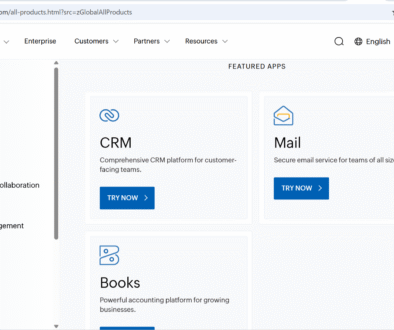Markup Languages
Markup Languages
Let us look at some of the markup languages in this tutorial. A markup language is a text-encoding language that consists of a set of symbols, attributes, and tags inserted in a text document to control its structure, formatting, or the relationship between the documents. A markup language is used to control the display of the web document or to enrich its content to facilitating automated processing.
Some examples of markup language are as follows:
- HTML
- XML
- WML
- SAML
- YAML
HTML
HTML stands for Hyper Text Markup Language. HTML is a markup language which is a set of markup tags that describe document content.HTML documents contain HTML tags and plain text.HTML documents are also called web pages.
XML
XML stands for eXtensible Markup Language. It is a markup language much like HTML. Unlike HTML, XML is designed to transport data and not to display data. In XML, tags are not predefined. We can define our own tags in XML documents. Some markup languages that are based on XML are as follows:
WML
WML (Wireless Markup Language) is a markup language intended for mobile devices that implement the WAP(Wireless Application Protocol) specification.
SAML
SAML stands for Security Assertion Markup Language. SAML is an umbrella standard that allows an Identity Provider (IdP) to authenticate users and then pass an authentication token to the Service Provider (SP). SAML is used for federation, Identity Management, and Single sign-on (SSO) applications.
YAML ( YAML Ain’t Markup Language)
YAML is a human-friendly, cross-language, Unicode-based data serialization language designed for agile programming languages. It is mostly used for configuration files, object persistence, internet messaging, etc.


